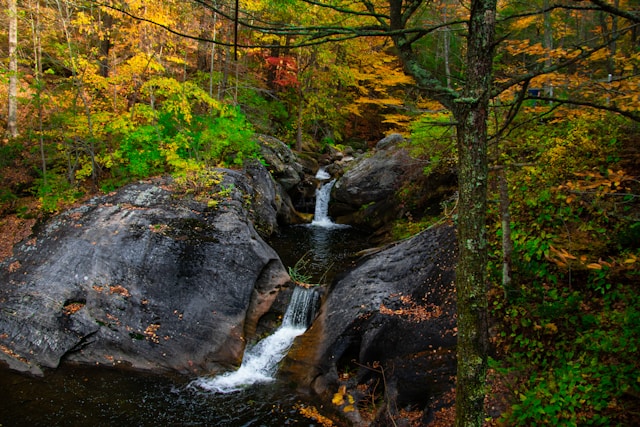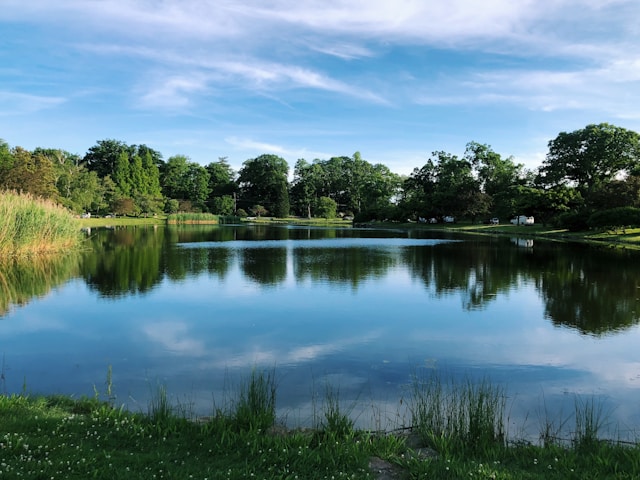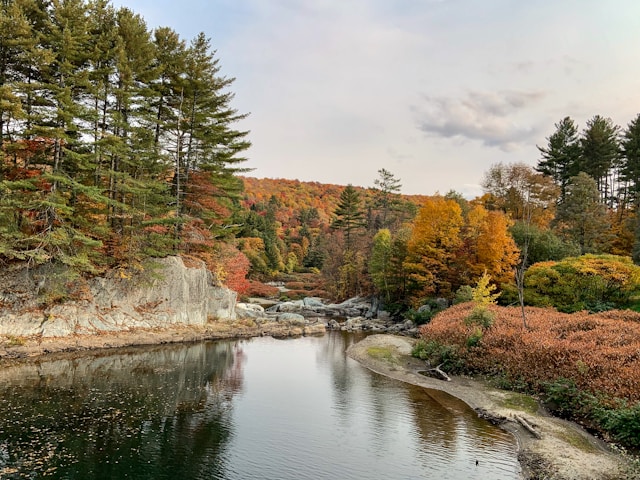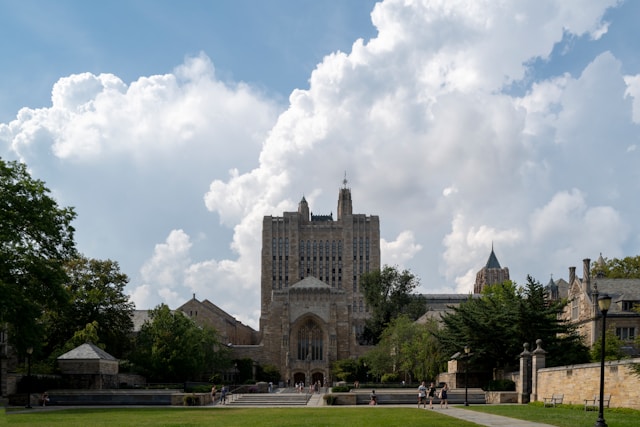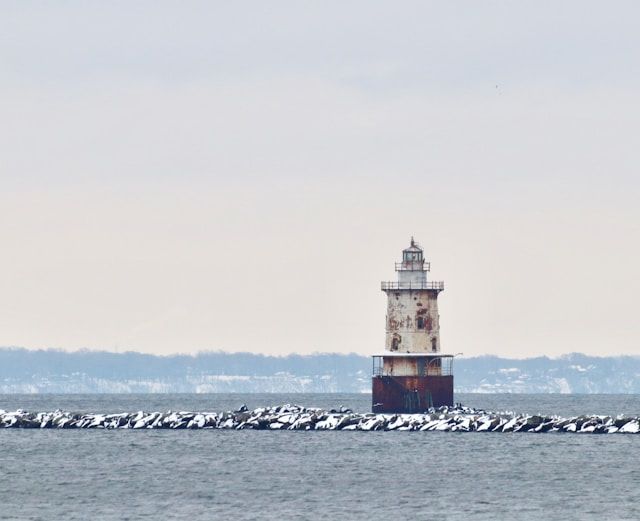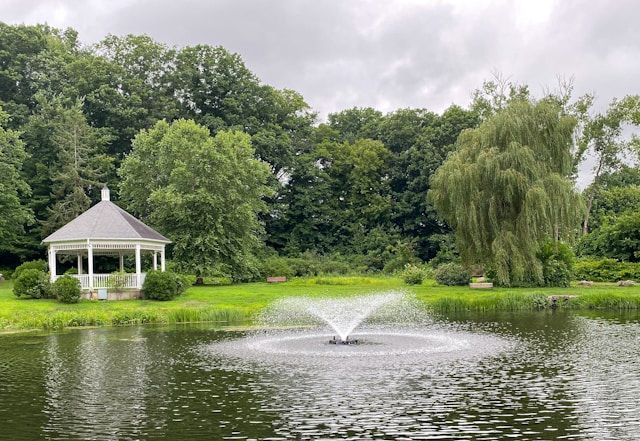Nells Island in Connecticut is a hidden gem within the City of Milford. This small island sits just about 3 feet above sea level and is owned and managed by the State of Connecticut. The area features a large marsh complex that creates a unique ecosystem worth exploring on your next outdoor adventure.
You’ll be amazed by the diverse wildlife that calls Nells Island home, including eagles that have been spotted hunting in the area. The island is part of the Charles Wheeler Wildlife Refuge located at the mouth of the Housatonic River, making it an important ecological site. The brackish marsh environment provides essential habitat for numerous species and offers beautiful natural scenery that nature enthusiasts will appreciate.
Find available hotels and vacation homes instantly. No fees, best rates guaranteed!
Check Availability Now
Nells Island
Nells Island is a charming hidden gem located in Milford, Connecticut. This small island offers a peaceful retreat away from the hustle and bustle of everyday life. You’ll find it nestled along the coastline, providing stunning views of Long Island Sound.
When you visit Nells Island, you can enjoy the natural beauty that surrounds it. The area features pristine shoreline and native vegetation that changes with the seasons. Bird watchers will appreciate the variety of coastal species that make their home around the island.
The island’s serene environment makes it perfect for a quiet day trip. You can take photographs, enjoy a picnic, or simply sit and watch the waves. The relatively undeveloped nature of the island helps preserve its natural character and charm.
Nells Island connects to the nearby pond system, creating a unique ecosystem where freshwater and saltwater environments meet. This makes it an interesting spot for nature enthusiasts who want to observe diverse plant and animal life in one location.
Rating: 5.0 (1 review)
Location: Milford, CT 06460
History of Nells Island Pond
Nells Island Pond has evolved from natural origins to become a vital part of Connecticut’s ecosystem and local heritage. Its story intertwines with the broader history of the Housatonic River region.
Origins and Formation
Nells Island Pond formed naturally as part of the dynamic Housatonic River ecosystem. Located in the Charles E. Wheeler Wildlife Management Area, the pond sits near the larger Nells Island at the river’s mouth. This area developed over thousands of years through natural processes of sedimentation and water movement.
The pond’s formation relates closely to the geological history of the region, which was shaped by glacial activity. After the last ice age, melting glaciers helped create the current landscape, including the wetlands and waterways around Nells Island.
You’ll find that the pond’s environment has changed over time, responding to shifts in the river’s flow patterns and coastal influences from Long Island Sound.
Historical Significance
Nells Island Pond has deep cultural roots in Connecticut history. The area was originally home to indigenous peoples, including those led by Sachem Ansantawae, who valued these waterways for fishing and transportation.
European exploration of the region began in the early 1600s, with Dutch navigator Adriane Block discovering the area in 1614. English settlers arrived in 1639, establishing communities that would eventually become Milford and surrounding towns.
Throughout the 19th and early 20th centuries, ponds in this region served multiple purposes. While specific records for Nells Island Pond are limited, similar bodies of water in the area supported grist mills, sawmills, and even ice harvesting businesses.
Today, you’ll appreciate how the pond connects to protected lands owned by the fish and wildlife service, creating a valuable ecological corridor that preserves this historical waterway for future generations.
Geography and Ecology
Nells Island sits at the mouth of the Housatonic River within the Charles E. Wheeler Wildlife Management Area in Connecticut. This unique location creates a diverse ecosystem where freshwater meets the tidal influence of Long Island Sound.
Flora and Fauna
The brackish marsh environment of Nells Island supports a rich variety of plant life adapted to changing water conditions. Salt-tolerant grasses and reeds create a lush landscape that changes with the seasons. The marsh complex is particularly expansive, making it an ecological powerhouse in the region.
Wildlife thrives in this protected habitat. You’ll find numerous bird species making Nells Island their home or stopping point during migration. Bald eagles have been spotted hunting in the area, showcasing the island’s importance as a feeding ground for predatory birds.
Conservation Efforts
The Charles E. Wheeler Wildlife Management Area provides significant protection for Nells Island and its ecological systems. This designation helps preserve the natural state of the island’s marshes and waterways against development pressures.
Conservation research includes sediment core analysis from the brackish marsh. These studies help scientists understand the historical changes in the ecosystem and plan for future protection efforts.
The large size of the marsh complex increases its ecological functionality. By protecting such an extensive area, conservation efforts help maintain biodiversity and provide essential habitat for numerous species, including those that are threatened or endangered.
Local environmental groups often conduct monitoring activities to track the health of the marsh ecosystem and its inhabitants.
Find available hotels and vacation homes instantly. No fees, best rates guaranteed!
Check Availability Now


